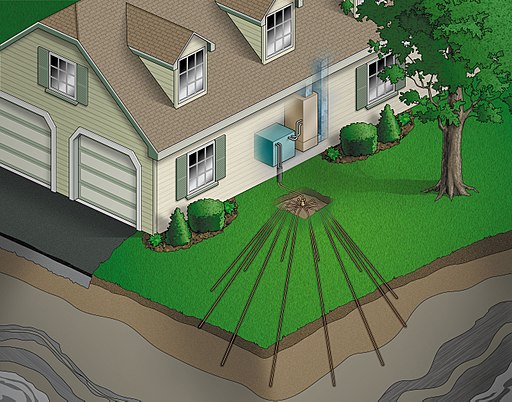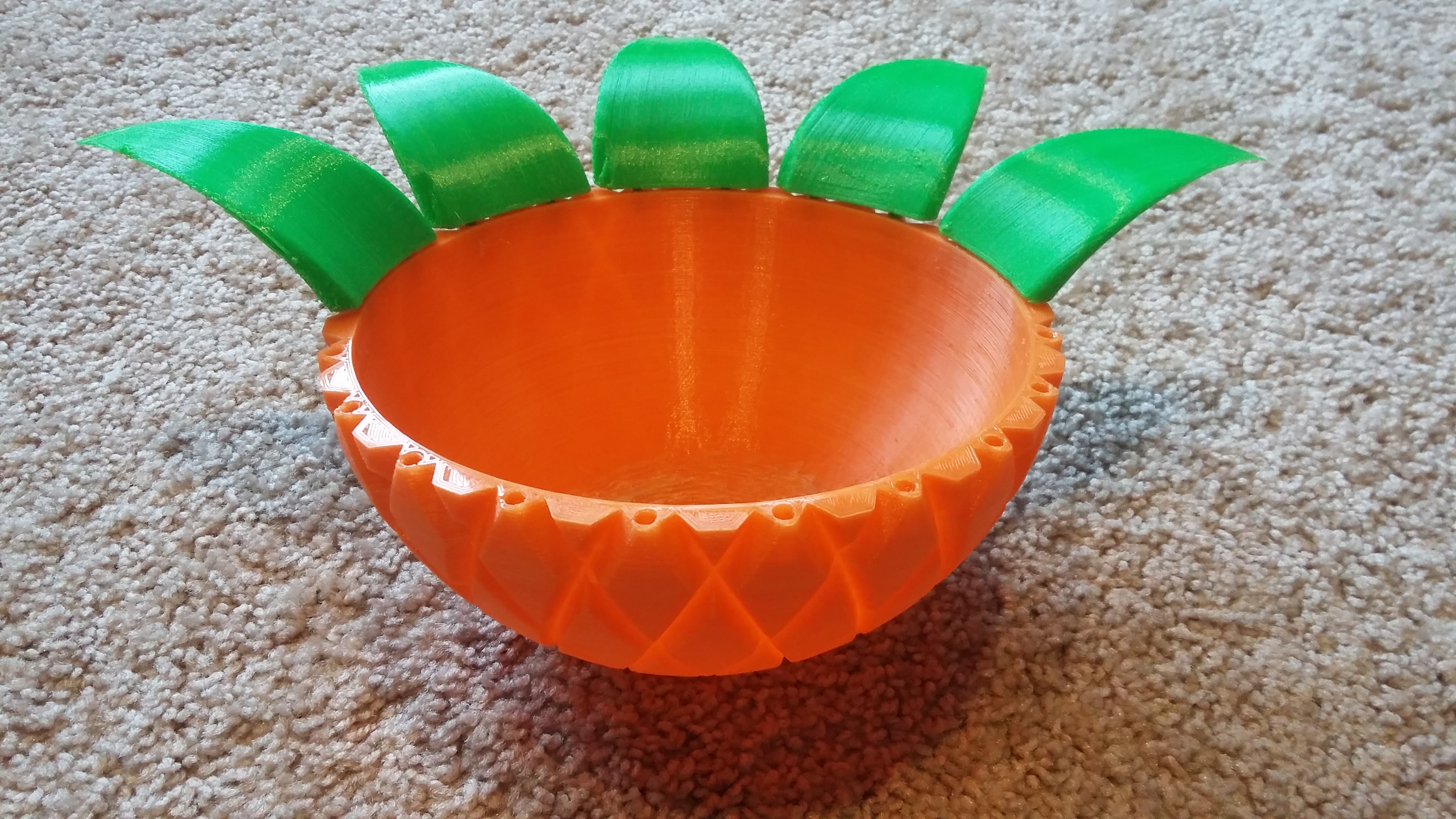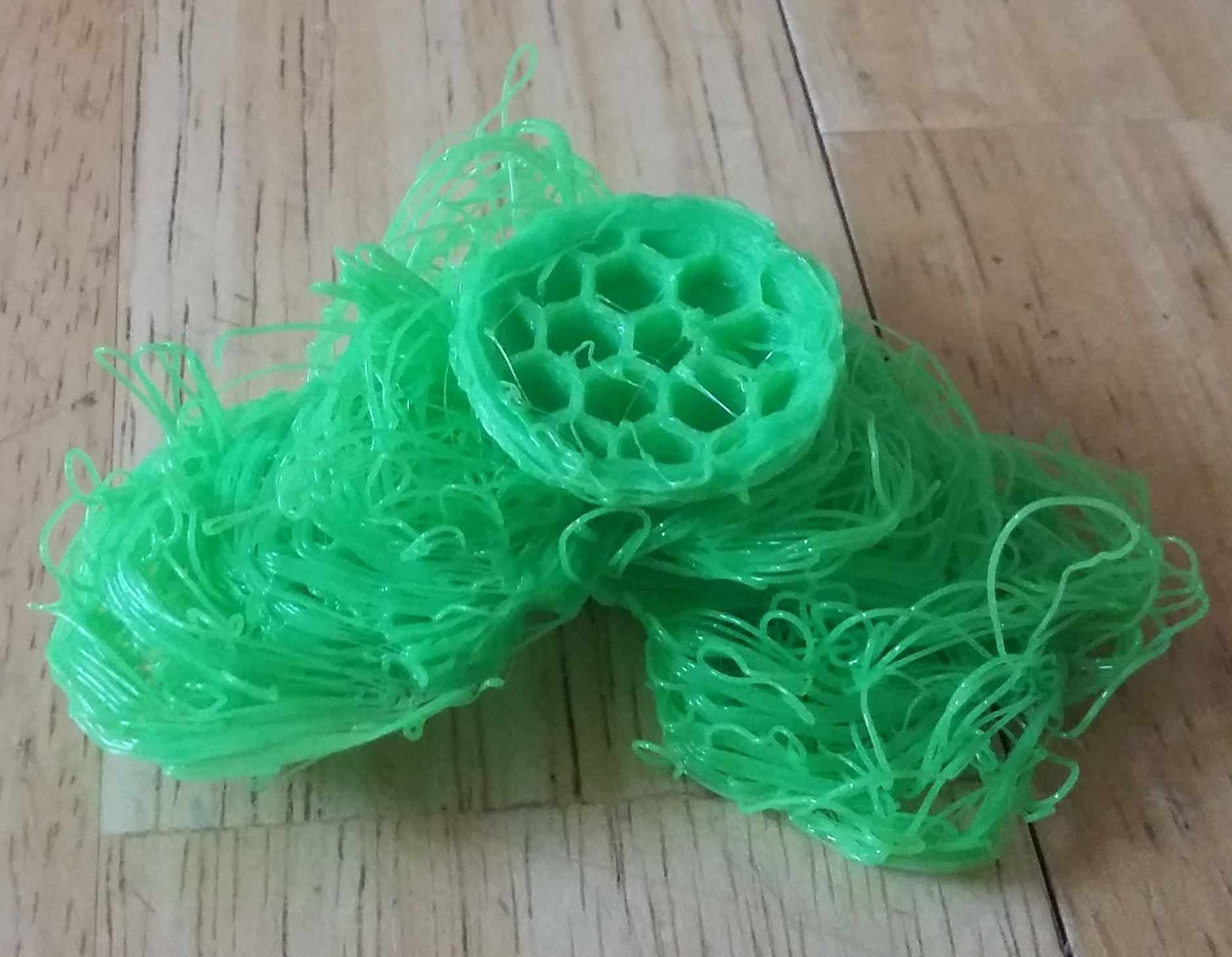
Energy: A Human History by Richard Rhodes chronicles the development of industrial power sources with a focus on the innovators and scientists who developed the technologies. Starting in Elizabethan England with none other than William Shakespeare, Rhodes weaves a compelling tale of the western world’s energy sources starting with the transition from wood to coal in 1600s Britain.
The book paints the picture of the industrialists we now love to hate as human beings with hopes, dreams, and failings. It can be hard to remember after so long that James Watt and Henry Ford were once actual, living beings, and that they had hoped to make the world a better place with their inventions.
Drawing from many primary sources, Rhodes has lifted many gems of what the people of the time found concerning about these new technologies. With references to coal as “the devil’s excrement,” and many other such epithets, one might wonder why such dirty fuels ever became predominant. As Rhodes points out in the book though, industrialization with coal and other fossil fuels led to a near doubling of human life span and a higher standard of living. Rhodes does devote a fair bit of the book to the work that various towns and nations did to combat the air quality problems associated with the use of fossil fuels to varying degrees of success.
Concerns were not just constrained to air quality. Safety of steam engines, locomotives, and automobiles were a great concern of the time. As to cars, we have definitely come out on the wrong end of that technology with many US cities being designed for cars instead of people, but some of the concerns for trains seem amusing now as this quote Rhodes found shows.
“What can be more palpably absurd and ridiculous,” asked a reviewer for London’s Quarterly Review who favored a plan for a railway to Woolwich, “than the prospect held out of locomotives traveling twice as fast as stagecoaches! We should as soon expect the people of Woolwich to suffer themselves to be fired off upon one of Congreve’s… rockets, as trust themselves to the mercy of such a machine going at such a rate… We trust that Parliament will, in all railways it may sanction, limit the speed to eight or nine miles an hour, which… is as great as can be ventured on with safety.”
If you are firmly anti-nuclear, the end of the book will not be to your liking. As a cautiously optimistic person regarding nuclear energy, I feel the author may be a bit nuke-happy. Many of his points in favor of nuclear base loads are legitimate, however. Current nuclear generation technologies have been shown by IPCC and NREL (National Renewable Energy Laboratory) analysts to have a carbon footprint similar to wind and solar. With many cities and states looking at 100% renewable commitments, including nuclear as a base load to counter the intermittency of renewable sources seems reasonable in geologically stable areas. Unfortunately, when states set “renewable” goals for their energy goals, they sometimes include waste incineration, which is both gross and bad for local air quality.
Beside its overly-western focus, the other main shortcoming of the book is its relatively light treatment of renewable technologies. There was very little regarding solar, hydro, and wind, and I’m not sure if geothermal was mentioned at all. I suspect that this was due to a desire of the author to focus on the technologies that were the primary drivers of industrialization. Regardless, I think this is a good treatment of the subject of modern industrial energy sources and the people who brought them to fruition.
Do you have any recommendations for other books about energy generation or transmission? Let us know below!










